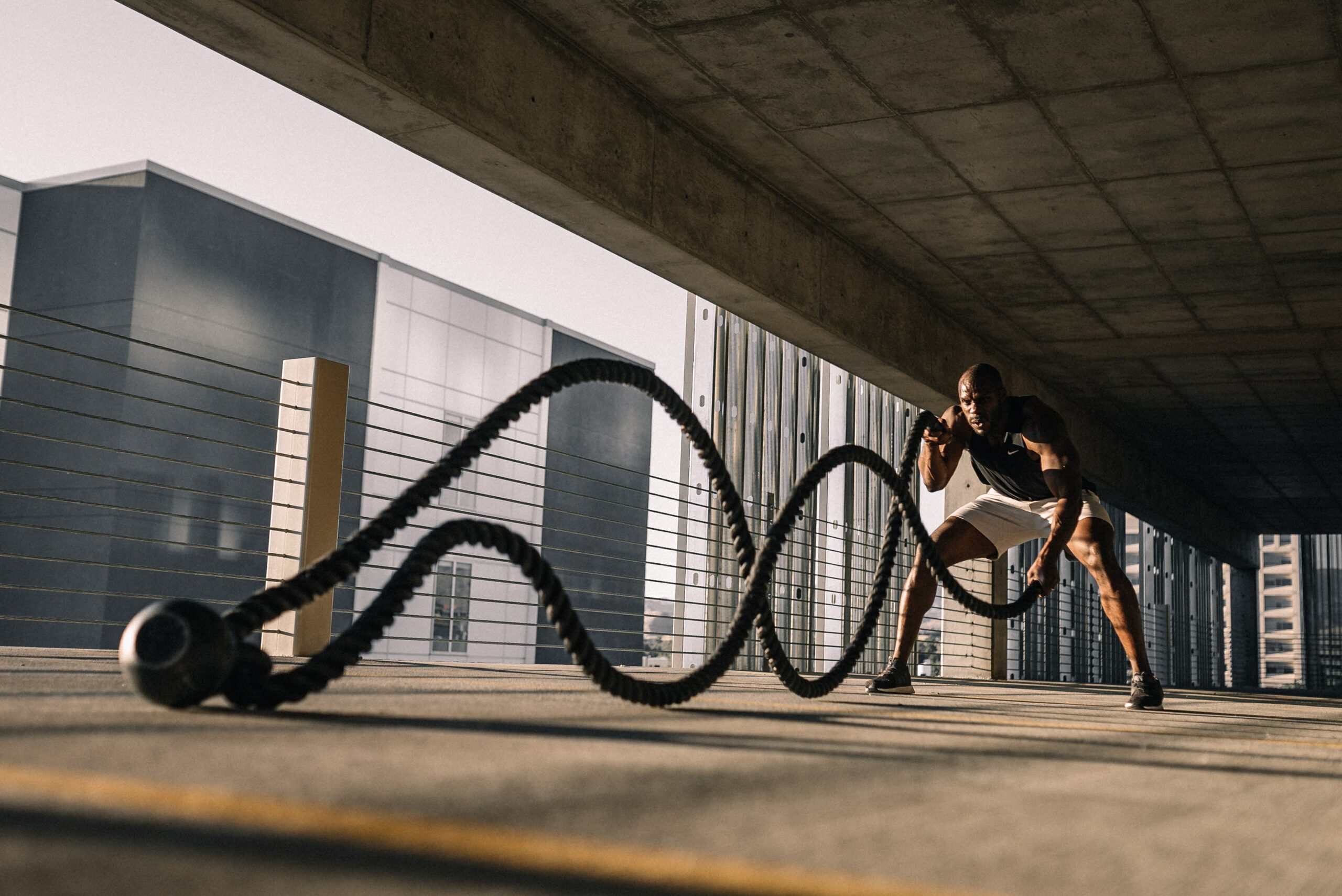Rowing Workout has become a popular way to stay in shape in recent years. Like running and cycling, it is a form of cardiovascular exercise. It’s also the only aerobic workout that works your complete body and focuses on pushing and pulling, yet it doesn’t require strength.
Many gyms in India now feature rowing machines, although they are still not as popular as treadmills and exercise bikes. Look at the advantages of rowing. Rowing is a grueling sort of physical activity. Anyone who has attempted it can attest to its difficulty. There is no denying that when done correctly, rowing is an excellent way to improve both your aerobic capacity and anaerobic capacity and your mental health.
Rowing works the following muscles:
With a big push, or “catch,” you’ll engage your quads, hamstrings, and glutes like never before. During the whole rowing motion, those massive leg muscles continually press back. Those are some of the largest muscles in your body, which means you’re burning a lot of calories.
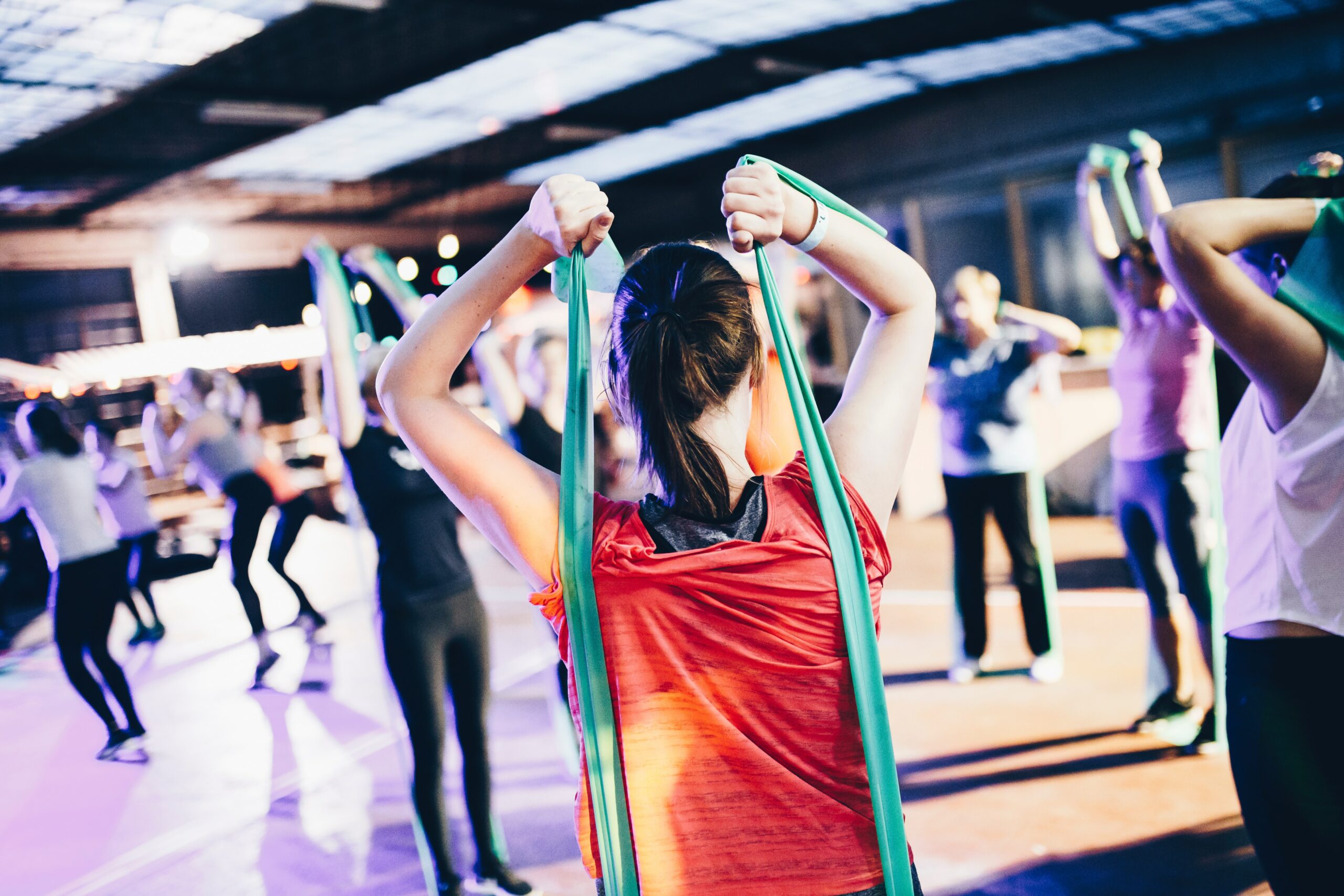
As a result of working those large muscles, your body will continue to burn more calories throughout the rest of your day. Stabilization is also required for such big pushes , so your core is used. When rowing, your body will collapse if your core isn’t solid and stable.
And when we mention “core,” we’re not only referring to the abdominal muscles. Because of the different pulling motions, your arms and back are also involved. Your biceps, triceps, rhomboids, and chest muscles all play a role in reeling in the handle and completing the movement. Ten minutes of light rowing will instantly release tight back and neck muscles while warming up your arms.
Rowing has numerous health benefits:
Rowing is a full-body exercise. Cardiovascular endurance and aerobic fitness are two of the primary goals of this program. It’s less taxing on the joints and body as a whole than HIIT.
High-intensity interval training, which focuses on muscular and aerobic endurance rather than joint injury, can burn fat quickly and efficiently while reducing the risk of harm to the joints.
Burning Calories:
In the same way, Rowing Workout and aerobic activities do, running has several health advantages. Improved blood circulation, heart health, reduced chance of heart disease, and weight loss benefits rowing. Rowing burns more calories than jogging or biking in the long run because of its total-body nature.
For people of all ages:
Rowing is a beneficial activity for anybody, regardless of age. Adults and children of all ages can participate in this activity. Learning proper rowing methods under the supervision of a qualified instructor is essential for avoiding injury and improving your overall performance.
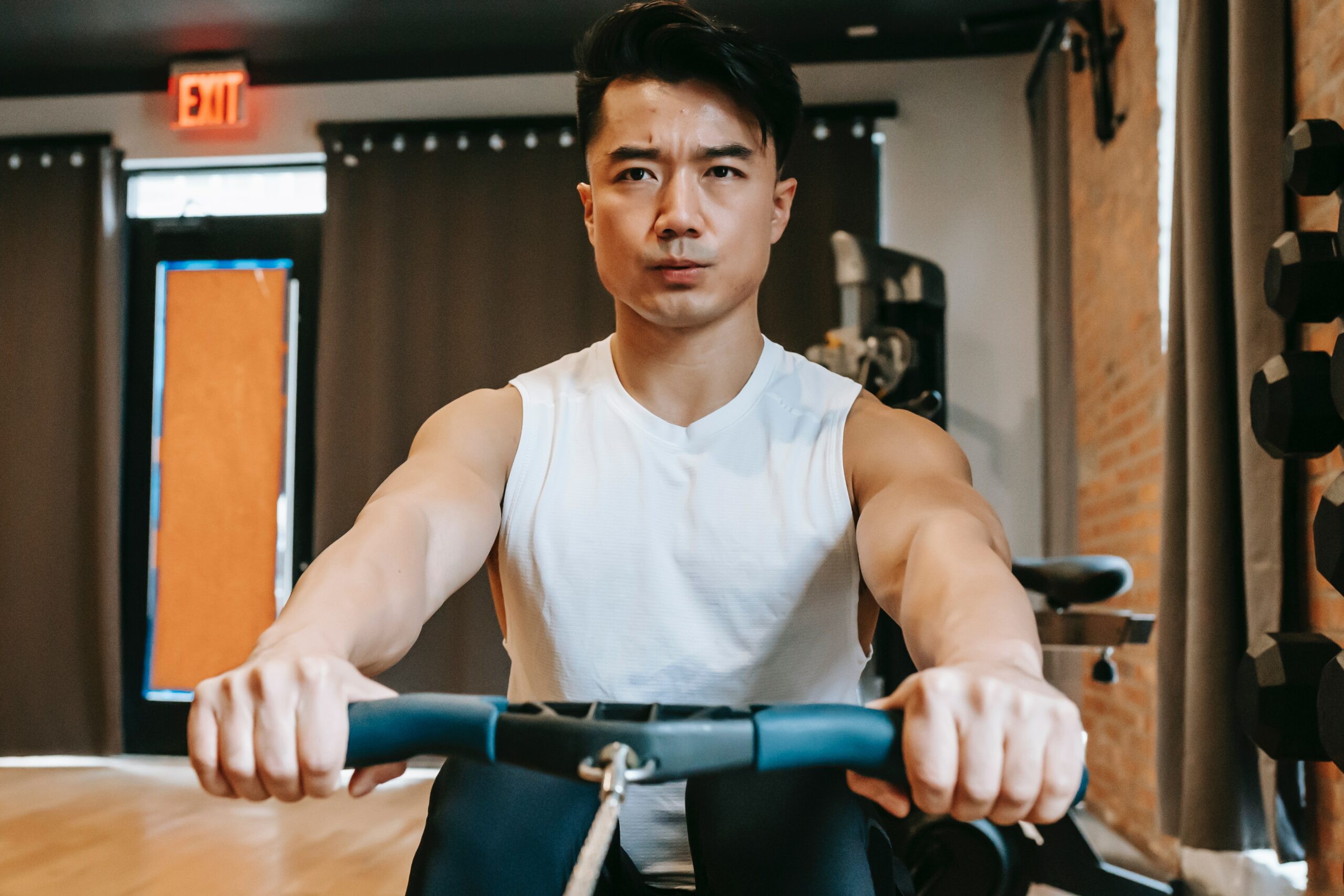
Mindfulness:
Athletes who participate in endurance sports are aware of the meditative qualities of running and other such activities. To master rowing, it is necessary to master the four-step technique. It’s simple to stay present and mindful while still getting great exercise.
As a result of this, rowing has both physical and psychological benefits. In terms of aerobic fitness, rowing can aid weight loss and overall body endurance. Rowing Workout has inspired a wide range of benefits for people of all ages.
It is a low-impact exercise that utilizes the same mind-muscle link as strength training. As a result, rowing is a great workout that’s also a lot of fun. One of the most successful strategies for getting things done is through collaboration.
It’s efficient and effective:
Rowing is growing in popularity as a means of physical preparation, and the reason for this is obvious: it works. To complete a full-body workout, rowing requires muscular effort from the legs, glutes…
Rowing is a very efficient type of exercise since it uses a wide range of muscles simultaneously. Rowing is a time-saving activity since it provides a full-body workout in a short period. As a result, rowing is a great technique to lose weight and become leaner by reducing body fat and increasing lean muscle mass.
The aerobic and anaerobic systems can benefit from interval training on a rowing machine, which is a time-efficient training method. The rower’s 1000-meter intervals are an example of anaerobic exercise, which requires oxygen. An anaerobic energy route is utilized for short-duration sports like rowing 100 meters.
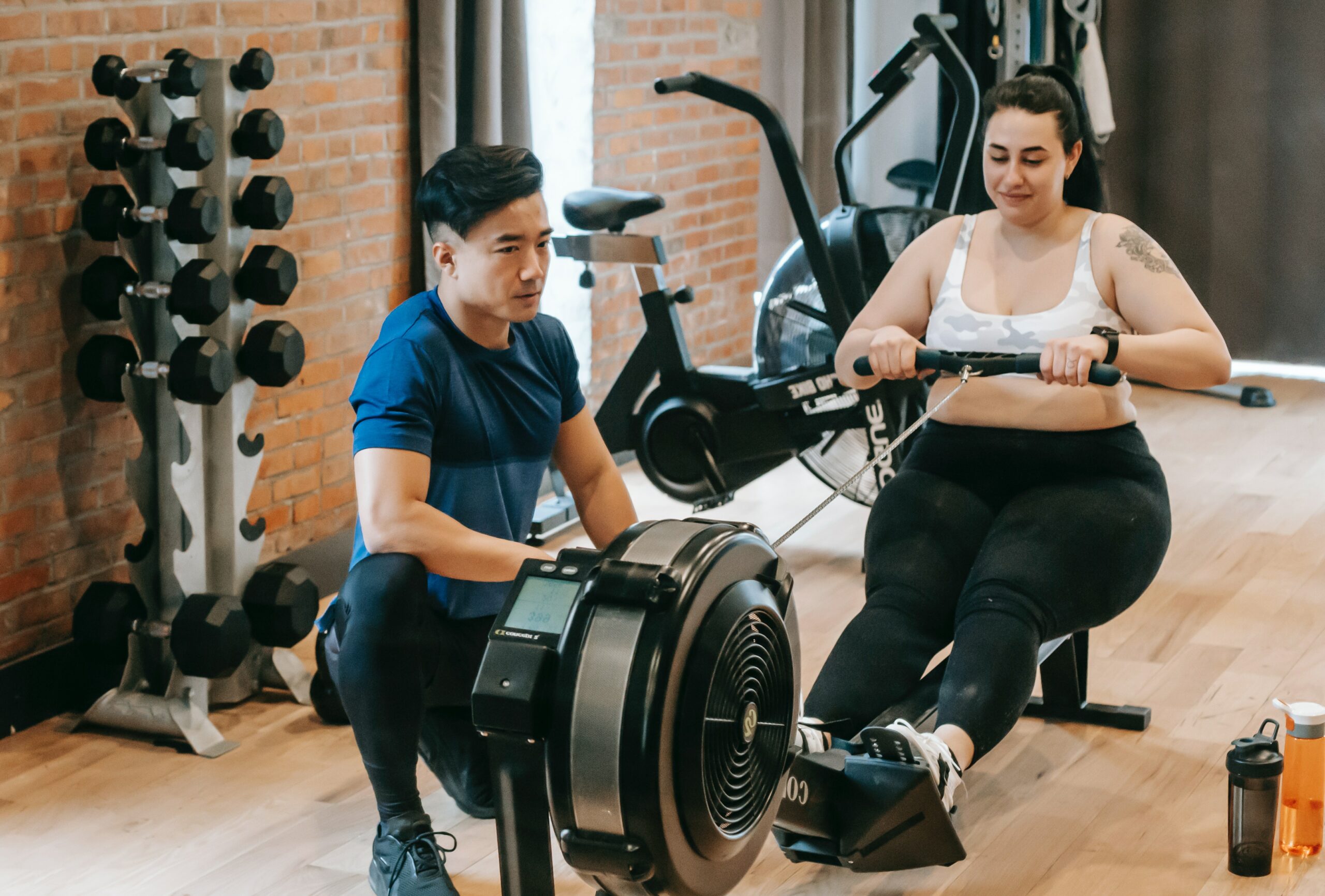
Can improve anaerobic and maximal aerobic capacity (VO2max) with high-intensity rowing intervals. To burn more calories at a lower intensity, an athlete must have a high VO2max. Athletes will do more work and burn more calories if they increase their VO2max.
Recovering more quickly between workouts:
An improved aerobic energy system may also facilitate the ability to recover quickly between high-intensity tasks. Intermittent high-intensity exercises like rowing 100 meters require significant anaerobic energy expenditure.
However, a well-functioning aerobic system may be critical. To maintain anaerobic reaction and replenish anaerobic energy stores while exerting effort. As a result, a more efficient aerobic system may aid anaerobic performance.
Low Risk, High Gain:
Due to the lack of jarring or high-impact features. Low impact does not imply that it is ineffectual or straightforward—quite the contrary. In some instances, Rowing Workout is even more difficult than other forms of machine training.
In comparing equivalent intensities of rowing and cycling, researchers discovered that rowing increased heart rate and cardiac output more than the other two. Other heart-related consequences, such as the growth and strength of the heart’s muscular fibers, can result from rowing.
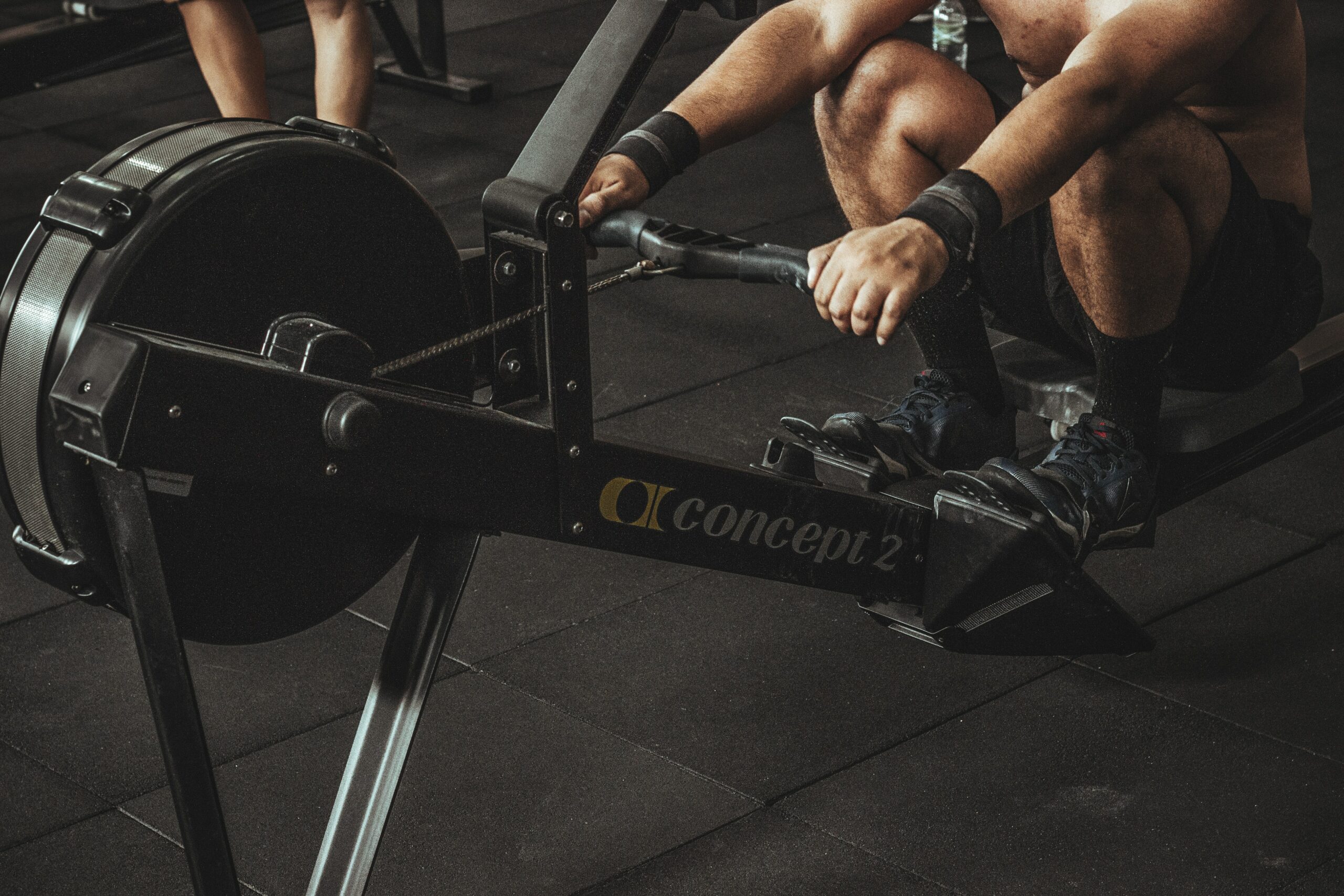
The heart’s left ventricle showed changes in a ten-week trial that combined high-intensity rowing with strength training. Ventricular mass, cavity size, and wall thickness rise as the heart’s pumping chamber undergoes hypertrophy. Can improve the heart’s structure and function via regular rowing conditioning, which may help athletes perform better.
Conclusion:
Mood-enhancing hormones are released during Rowing Workout as well. Exercising releases endorphins, a type of hormone. Supplements have been shown to have various benefits, including improved mood, increased immunological response, altered pain perception, and reduced stress effect, to name a few. As a result, rowing may have a favorable impact on one’s mental health in addition to their physical health.


